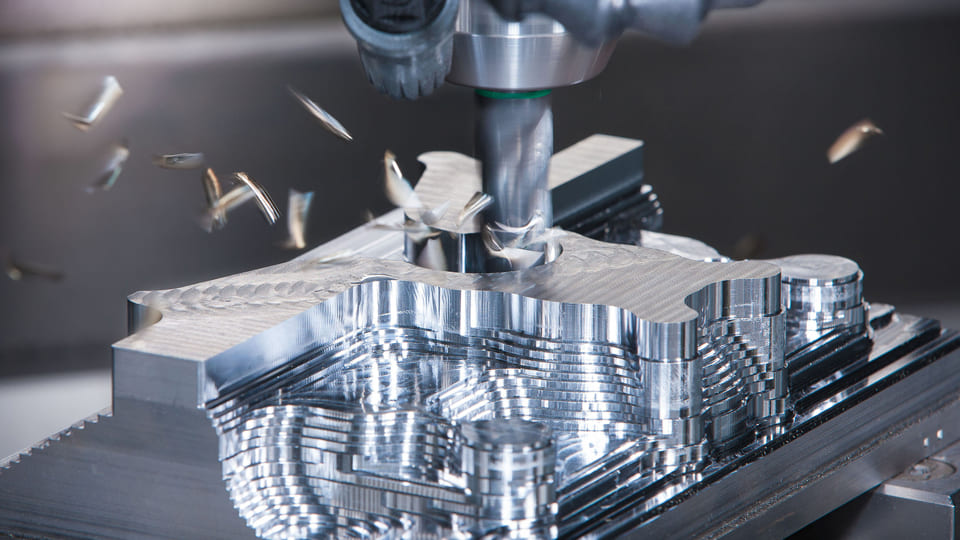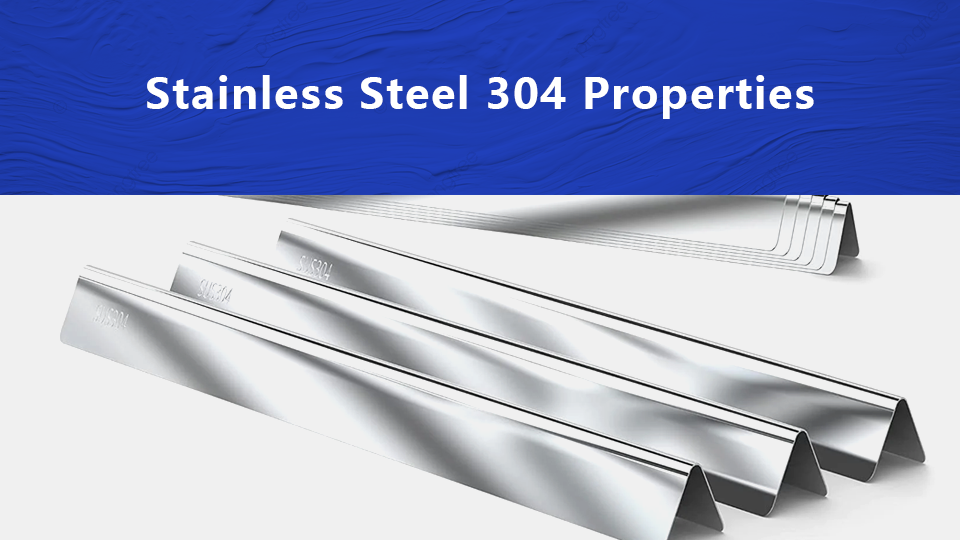SK5 steel is rated as one of the best types of high-carbon steel. It is highly regarded by professionals and hobbyists alike for its high hardness and great resistance to wear, a feature that is quite vital in the manufacture of tools for cutting in any industry and also in the crafting of durable blades. Herein, an exploration into what is SK5 steel and the properties it possesses shall be done.
Carbon Steel Overview
Carbon steel is a series of steel alloying mainly with carbon. The carbon content weighs about 0.05% up to 1%. As the carbon content increases, the steel will typically have higher strength and lower ductility. It also contains other elements such as manganese, silicon, chromium, etc. These elements will have a certain impact on the performance of carbon steel. Carbon steels are classified into three main categories based on their carbon content: low-carbon steel, medium-carbon steel, and high-carbon steel.
Low-Carbon Steel
Low-carbon steel is steel with a carbon content weighing less than 0.3%. It is the most common grade of carbon steel. Low-carbon steels are soft and ductile, making them easy to weld. It can not be heat treated due to its low carbon content.
Typ. grades: A36, 1018, 1020
Medium-Carbon Steel
Low-carbon steel is steel with a carbon content weighing about 0.3% to 0.5%. Medium-carbon steel strikes a balance between strength and ductility. It offers higher strength and hardness than low-carbon steel. It is often heat-treated to improve strength.
Typ. grades: 1045, 1060, 1040
High-Carbon Steel
Low-carbon steel is steel with a carbon content weighing more than 0.6%-1.0%. High-carbon steels are the hardest and most wear-resistant, making them ideal for springs, edged tools, and high-strength wires. However, they are less ductile and difficult to weld. It can be heat-treated to improve strength.
Typ. grades: SK2, SK4, SK5
Table 1. Summarize properties of carbon steel grades
| Properties | Low-Carbon Steel | Medium-Carbon Steel | High-Carbon Steel |
| Carbon content | Less than 0.3% | 0.3% – 0.5% | 0.6% – 1.0% |
| Tensile strength, MPA | 240 – 2450 | 450 – 2730 | 1100 – 3200 |
| Yield strength, MPa | 140 – 2400 | 230 – 1740 | 890 – 3400 |
| Elongation at break, % | 3% – 48% | 3% – 34% | 10% – 20% |
| Hardness, HB | 86- 550 | 126 – 578 | 450 – 650 |
| Density, g/cm³ | 7.75-8.08 | 7.75-7.89 | 7.54-8.26 |
| Heat-treatment | Not available | Available | Available |
What is SK5 Steel?
SK5 is a type of high-carbon steel with a carbon content of about 0.8% to 0.9%. It is a grade that is commonly used in Japan, SK85 is the name of the new JIS G4401 standard to replace it, which is equivalent to the 1085 in AISI. Despite iron and carbon, SK5 steel is composed of elements of 0.35% Si, 0.5-0.8% Mn, 0.03% and 0.003% S. These elements also play a role in the performance of the SK5 steel.
Table 2. Cross-border references of SK5 steel
| Japan | US | EU | Germany | UK | China |
| JIS | AISI/SAE | ISO, EN | DIN | BS | GB/T |
| SK5 | 1085 | TC90, TC80 | C89W1 | 060A81 | 1298 |
Properties of SK5 Steel
SK5 steel is a steel with a high carbon content, so it has a high strength and hardness and is suitable for manufacturing parts that are used in high-strength environments. In addition to its high hardness, SK5 steel also contains a certain amount of manganese, which improves its toughness and durability. SK5 can be heat treated to improve its performance. For example, the hardness and wear resistance of SK5 steel will be upgraded after quenching.
Table 3. Properties of SK5 steel
| Properties | Value |
| Tensile strength, MPa | 460-625 |
| Elongation at break, % | ≤25 |
| Hardness, HV | 150-190 |
| Density, g/cm3 | 7.84 |
| Thermal conductivity, W/m・K | 50.2 |
| Electrical resistance, μΩ·m | 0.18 |
SK5 vs Other Steel
Compared to low-carbon steels, SK5 offers much greater hardness and strength, but it may also be more brittle. SK5 Steel is not as resistant to corrosion as stainless steel. We know that steel with a chromium content of more than 10.5% is stainless, but the chromium content of SK5 is only about 0.1%, so it will rust.
SK2, SK4, and SK5 are all types of high-carbon steel, and their main difference lies in the carbon content.
SK2 vs SK5 steel
SK2 is a type of high-carbon steel with a carbon content ranging from 1.15% to 1.25%, The carbon content of SK2 is higher than that of SK5, making it a harder metal. Here’s a comparison between SK2 and SK5:
Table 4. Properties comparison of SK2 and SK5 steel
| Property | SK2 Steel | SK5 Steel |
| Carbon Content, % | 1.15 – 1.25 | 0.8 – 0.9 |
| Hardness, HV | 170-210 | 150-190 |
| Tensile Strength, MPa | 520 – 685 | 460-625 |
SK4 vs SK5 steel
SK4 is another high-carbon steel with a carbon content between 0.90% to 1.0%. Its carbon content is between SK2 and SK5. As a result, its wear resistance and hardness are also a compromise between SK2 and SK5. Here’s a comparison between SK2 and SK5:
Table 5. Properties comparison of SK4 and SK5 steel
| Property | SK4 Steel | SK5 Steel |
| Carbon Content, % | 0.90 – 1.00 | 0.8 – 0.9 |
| Hardness, HV | 160-200 | 150-190 |
| Tensile Strength, MPa | 490 – 645 | 460-625 |
SK5 vs D2 steel
D2 steel is a steel with a higher carbon content between 1.4% to 1.60%, which enhances its hardness, wear resistance, and edge retention, making it ideal for high-performance tools subjected to heavy-duty use, such as cutting tools, dies, and molds.
Table 6. Properties comparison of SK5 and D2 steel
| Property | D2 Steel | SK5 Steel |
| Carbon Content, % | 1.4 – 1.6 | 0.8 – 0.9 |
| Chromium Content, % | 12% | 0.5% |
| Hardness, HRC | 66-62 | 50-58 |
As shown in the table, D2 steel’s high chromium content of 12% significantly contributes to its excellent corrosion resistance, hence, D2 is less prone to rust. The higher level of carbon content makes D2 hold an edge much longer.
Advantages of Using SK5 Steel
SK5 steel offers several key benefits:
Edge Retention: SK5 holds an impressive edge, with a carbon content of 0.8-0.9%, making it a very hard steel with excellent edge retention.
Wear Resistance: Excellent wear resistance due to the fine grains and carbon carbides.
Toughness: SK5 steel is a tough steel with great impact resistance, this steel has a good balance between hardness and toughness at the expense of corrosion resistance (you can’t have a corrosion resistant, high hardness, high toughness steel at the same time).
Cost-Effectiveness: While offering high performance, SK5 steel is a relatively cost-effective choice compared to other high-alloy steels.
Make Your Idea Take Shape!
Applications of SK5 Steel
With its classification as high-carbon steel, SK5 steel presents several considerable benefits. The most prominent characteristics of SK5 steel are its high hardness and strength, which make it more suitable for occasions that require wear resistance and high-intensity loads. Its corrosion resistance is relatively poor; however, the corrosion can be effectively improved with surface treatment or coating protection. SK5 steel has been greatly applied in many industries:
Automotive
SK5 steel is used in the manufacture of some important parts in the automotive industry, like gears, drive shafts, and suspension system parts. Due to the high strength and good wear resistance of SK5 steel, these parts can bear wear with a large load and long-time use, which will extend the service life of the automotive parts and improve the performance of the vehicle in general.
Tools
SK5 steel has been widely used in tool manufacturing, especially for knives and blades. The high hardness and wear resistance of SK5 steel mean that the edges of these tools can last sharp during long-term use and extend their service life: common scissor blades, razors, gardening tools, and so on.
Home Appliance
SK5 steel is used in the home appliance industry for the manufacture of some high-strength parts, like cutting knives and transmission parts of power tools. Its wear resistance and strong fatigue resistance enable parts made of SK5 steel to keep in good working condition under high-intensity use conditions.
Manufacturing
SK5 steel is widely used in manufacturing all kinds of machine tools, cutting tools, and stamping dies in mass production. For instance, large-scale production cutting tools and stamping dies made from SK5 steel can withstand long service lives and stability in high-load working conditions.
SK5 steel is used in the manufacture of high-precision gears, bearings, and mechanical accessories in the field of precision machinery. These components have to bear high-strength loads and maintain high precision. SK5 steel can ensure the efficient operation of the equipment in such severe environments.
Conclusion
What sets SK5 steel apart is its unique composition, which typically includes carbon content ranging from 0.8% to 0.9%. This high carbon content not only enhances its hardness but also allows it to maintain a sharp edge longer than many other types of steel. You can rely on SK5 steel for years of use, whether it be in tools or products, without giving up on performance. Its past record speaks volumes about its capabilities, which makes it a very important material to have in any serious craftsman’s toolkit.






